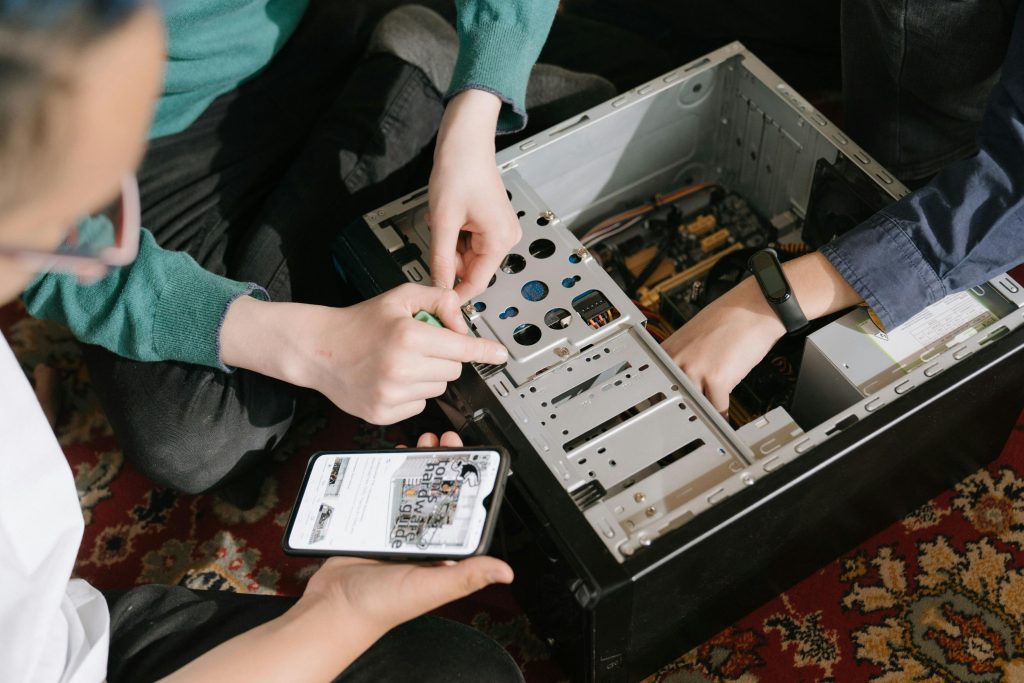Converting from Legacy BIOS to UEFI with Multiple Recovery Partitions on Multiple Disks: Overcoming MBR2GPT Validation Failures
Transitioning your system from Legacy BIOS to UEFI mode can unlock features such as Secure Boot, which are essential for Windows 11 compatibility, as well as improving overall security and performance. However, this process can be complicated by existing disk configurations, especially when multiple recovery partitions and disks with different formats are involved. One common hurdle encountered during this conversion is the failure of the mbr2gpt utility during validation, often caused by complex partition arrangements or residual recovery partitions.
In this article, we will explore the challenges faced during such conversions and provide a structured approach to successfully transition your system without risking data loss or system integrity.
Understanding the Challenge
The primary goal is to convert the disk partitioning scheme from Master Boot Record (MBR) to GUID Partition Table (GPT) to enable UEFI boot mode. This process often involves using the mbr2gpt utility, a Microsoft-supported tool designed to facilitate this transition on Windows systems.
However, issues arise when:
- Multiple recovery partitions are present across various disks.
- Recovery partitions are formatted differently or contain residual data.
- The validation step of
mbr2gptfails silently or with generic errors.
In some cases, users find that the tool insists on removing unused recovery partitions before proceeding, which could jeopardize recovery options if not handled properly.
Pre-Conversion Preparations
Before initiating the conversion, ensure you have the following:
-
Complete system backups: Create a full system image or clone your disks. This safeguards your data and allows recovery if something goes wrong.
-
Verified Recovery Partitions: Use tools like
reagentc /infoto identify active recovery partitions. Note their locations and formats. -
Bootable Media: Prepare a bootable USB stick with Windows Recovery Environment (WinRE) or Windows installation media, created using tools like Rufus.
Step-by-Step Conversion Process
- Backup Your Data
Always start with a comprehensive backup. This can be through Windows Backup, disk imaging tools (e.g., Macrium Reflect), or cloning software.
- Disable the Windows Recovery Environment (WinRE)
This step prevents interference during partition modifications:
reagentc /disable
- Identify and Manage Recovery Partitions
Share this content:



